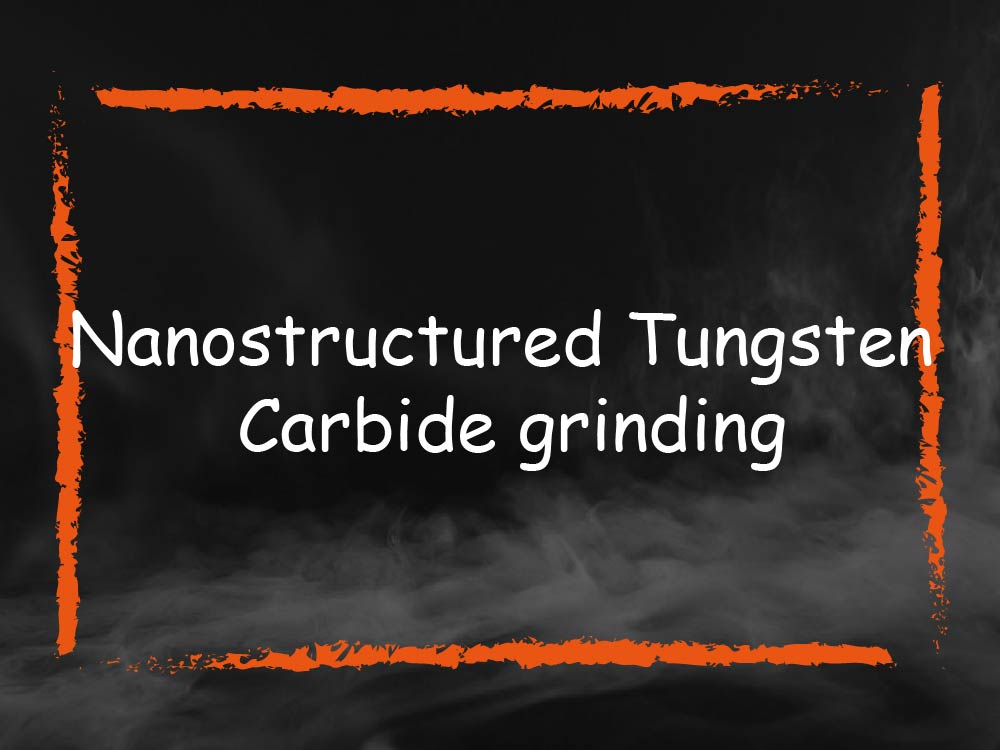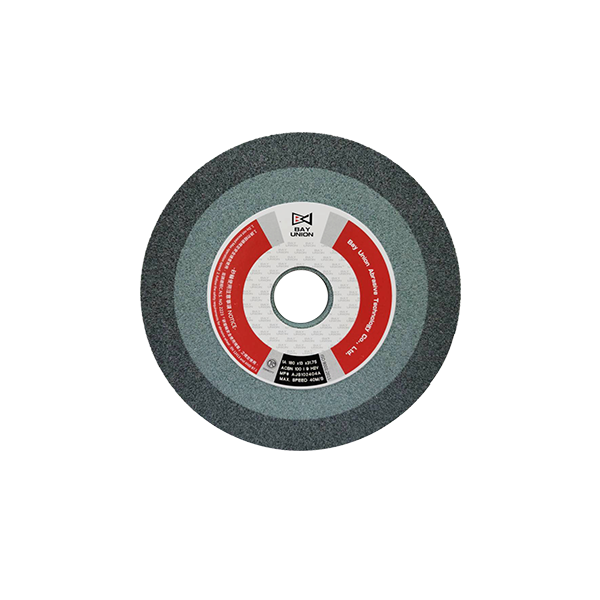
Nanostructured Tungsten Carbide grinding
Nanostructured Tungsten Carbide is an advanced alloy material in the field of materials science. It possesses characteristics such as high hardness, high strength, excellent wear resistance, and superior corrosion resistance. It finds wide application in tool manufacturing. Due to its exceptional hardness and wear resistance, Nanostructured Tungsten Carbide can produce highly efficient cutting tools, making it extensively used in metal cutting, drilling, tapping, and other machining fields.
Nanostructured Tungsten Carbide has a hardness exceeding HRc94, making it more dense and less prone to damage compared to conventional tungsten Carbide. During the machining process, only diamond grinding wheels can be used. There are two types of diamond grinding wheels commonly used for tungsten carbide end mills: resin-bonded diamond grinding wheels and metal-bonded diamond grinding wheels. What are the limitations when these two types encounter Nanostructured Tungsten Carbide?
Resin-bonded diamond grinding wheels, due to the flexibility of the binding agent itself, are unable to effectively embed the diamond abrasive into the workpiece when in contact with tungsten carbide. This leads to a polishing effect rather than grinding, especially when dealing with nano-sized tungsten carbide, which is harder than conventional tungsten carbide. Consequently, this causes a rapid increase in grinding temperatures.
On the other hand, using metal-bonded diamond grinding wheels, although they have a very high gripping strength for the abrasives, they are less suitable for pairing with high-performance diamond abrasives due to their manufacturing process. Additionally, they are unable to create pores freely. As a result, it becomes challenging to achieve optimal cutting feed rates for harder tungsten carbide surfaces.
Ceramic-bonded diamond grinding wheels, through the design of pores, can achieve excellent cutting edge spacing while also providing effective heat dissipation and chip removal. In the video, the diamond grinding wheel has an outer diameter of 100mm, and the diamond abrasive used is a specially selected shape of #170/200. We consistently grind a Nanostructured tungsten carbide rod with an outer diameter of 20mm, and the stable material removal observed in the grinding sparks demonstrates its outstanding cutting performance.

